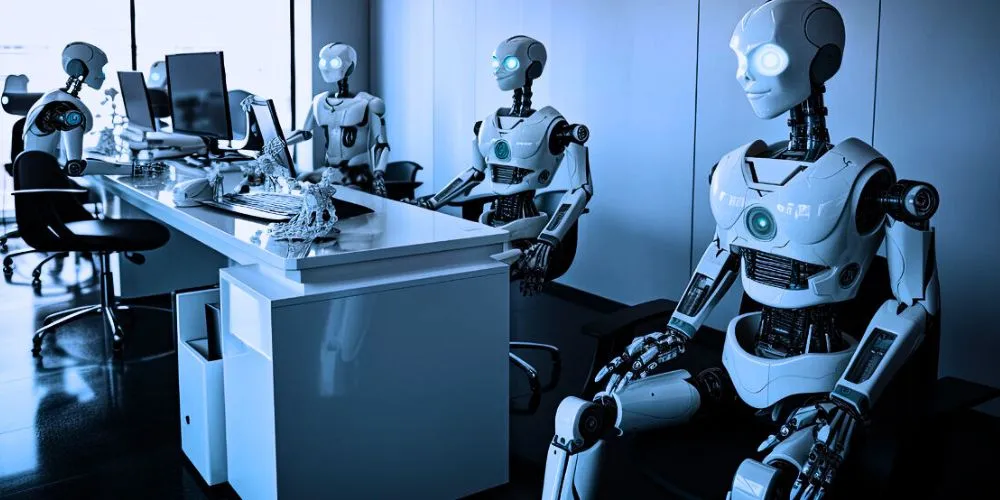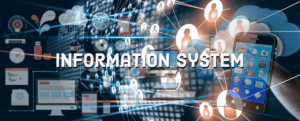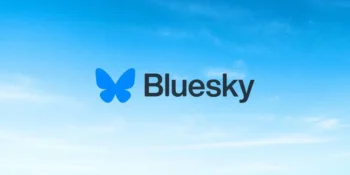Integrating Artificial Intelligence (AI) into various industries has sparked debates about its impact on the job market. This in-depth analysis explores the significance of AI in the context of job displacement, its effects on the workforce, the evolving nature of employment, and strategies to navigate the challenges and opportunities presented by the intersection of AI and job dynamics.
Significance of AI in Job Displacement
The integration of AI into workplaces holds immense significance due to several key factors:
- Automation and Efficiency: AI and Job Displacement technologies automate routine and repetitive tasks, enhancing operational efficiency and productivity.
- Skills Shift: Job displacement due to AI and Job Displacement necessitates a shift in the skills required, with a growing demand for roles involving AI development, maintenance, and oversight.
- Economic Impact: The widespread adoption of AI and Job Displacement has economic implications, affecting industries, businesses, and workers at various skill levels.
Effects on the Workforce
The effects of AI and Job Displacement on the workforce are diverse and multifaceted:
- Job Displacement: Routine and manual jobs may be susceptible to displacement as AI takes over repetitive tasks.
- Job Creation: The rise of AI and Job Displacement introduces new job opportunities, particularly in roles related to AI development, data analysis, and system oversight.
- Skill Requirements: As the demand for skills such as data analysis, programming, and AI-related expertise increases, upskilling and reskilling are needed.
The Evolving Nature of Employment
The integration of AI contributes to the evolution of employment structures:
- Gig Economy and Freelancing: AI and Job Displacement facilitate the gig economy’s growth, with workers engaging in freelance and short-term projects.
- Hybrid Work Models: Remote work and flexible schedules become more prevalent, facilitated by AI-driven communication and collaboration tools.
- Human-AI Collaboration: Collaboration between humans and AI becomes integral, enhancing productivity and decision-making across various industries.
Challenges in Adapting to AI-Driven Job Changes
Adapting to AI-driven job changes poses significant challenges:
- Skill Gaps: Rapid advancements in AI may result in skill gaps, requiring comprehensive training programs to equip the workforce with relevant skills.
- Ethical Considerations: The ethical use of AI in the workplace raises concerns about privacy, bias, and the impact of AI algorithms on decision-making.
- Inclusive Transition: Ensuring an inclusive transition requires proactive measures to address potential inequalities arising from AI-driven changes.
Strategies for Navigating AI-Induced Job Changes
Navigating the impact of AI on jobs involves proactive strategies:
- Investment in Education: Governments, businesses, and educational institutions should invest in programs that promote digital literacy and AI-related skills.
- Reskilling Initiatives: Organizations should implement reskilling initiatives to empower existing workers with the skills needed in the AI-driven landscape.
- Ethical AI Practices: Implementing ethical guidelines and best practices in AI development and deployment to address bias, transparency, and accountability concerns.
The Future of Work in the Age of AI
The future of work in the age of AI and Job Displacement holds both challenges and opportunities:
- Innovation and Efficiency: AI and Job Displacement-driven automation fosters innovation and efficiency, creating new possibilities for industries and workers.
- Human-Centric Roles: Jobs requiring emotional intelligence, creativity, and critical thinking become more prominent as AI takes over routine tasks.
- Global Collaboration: International collaboration is crucial for setting ethical standards, ensuring responsible AI use, and addressing global workforce challenges.
Conclusion
Integrating AI and Job Displacement into the workforce is reshaping the nature of jobs and employment. While there are concerns about job displacement, there are also opportunities for innovation and the creation of new roles. Navigating this transformation requires a collective effort from governments, businesses, and individuals to ensure a smooth transition, prioritizing education, reskilling, and ethical AI and Job Displacement practices. As we embrace the future of work in the age of AI, strategic planning and collaboration will be key in creating a workforce that is adaptable, inclusive, and equipped to thrive in the evolving digital landscape.












